It kinda goes without saying that the Swedes love the outdoors. Funnily enough, so do we. But they love it so much, the people have a Right to Roam, or the Allemansrätten, as they call it. So with some borrowed camping gear, we set off to complete a section of the Skåneleden trail, a huge network of tracks all across the Skåne region. Our aim was to make the most of the Allemansrätten as possible within 3 days.
We started our outdoorsy, natury experience in Båstad, which was an interesting experience. Turns out we had arrived at exactly the same time as a major tennis tournament, meaning the town was packed with posh families off to see the tennis. We looked totally out of place in our merinos with big packs on our back. We stopped in a supermarket for some overpriced last minute supplies, and dodged all the Porsches on the way out of town. Thankfully it wasn’t long before we made it into the forest.
The swedish forest and bush feels a lot different to NZ bush. There are lot’s of pines and birches but a little less small shrubby undergrowth. There are lots of wild berry plants around though, Milly took great pleasure in stopping at each blueberry bush for a snack, and collecting berries for her morning porridge. Boom, Allemansrätten: tick. Arguably foraging is probably allowed in most places, but it still felt cool.
As we kept walking we were astounded at how hard it was to get completely isolated. It’s likely a lot different in the northern parts of the country, but where we were even in the middle of a multi day tramping route we could see houses in the distance most of the time. On hand it was nice to know that if ever got into extreme trouble or ran out of water or so, we’d be close by people for help. On the other hand, it was such a strange feeling coming in with New Zealand expectations of a tramp, yet feeling like we hadn’t even made it that far out of civilisation. We even walked through towns and little villages at several points throughout the tramp.
Our first night, we managed to find a little plateau just off the path. Didn’t need to ask permission or pay any money to pitch our tent because? That’s right. Allemansrätten. Not to say it’s impossible to pitch a sneaky tent just about anywhere, but to do it without worrying about consequences or being bothered at all is awesome. The elevation hid us slightly from other walkers and we had a gorgeous view over the North Sea. We cooked up a hearty feed of tuna and rice, before tucking into bed early. Neither of us had been tramping properly in a while and we were knackered.
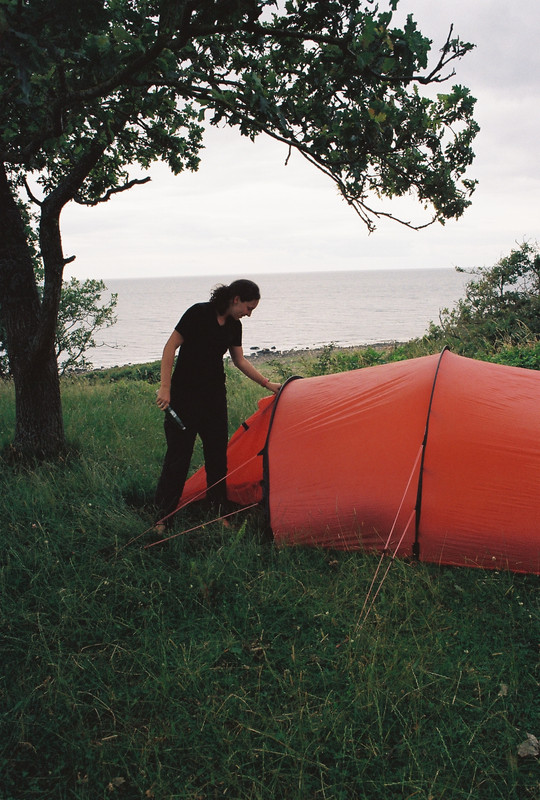
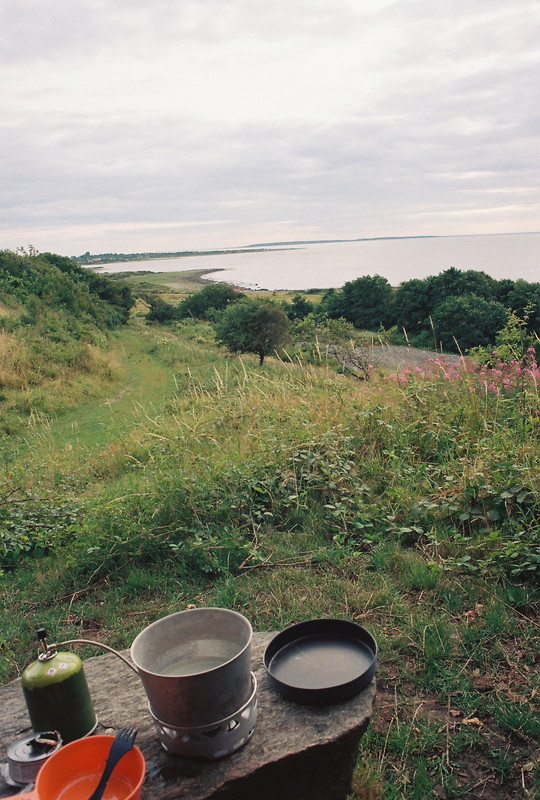
The tent got bright very early thanks to the Swedish summer sunlight bouncing off the walls, so we got up and smashed a round of porridge. With sore hips and feet, we strapped up again and kept walking. This day led us mainly along the coastline instead of through the forest, and which coincidentally introduced us to another piece of Swedish culture. As we walked past some of the more populated spots of the coast around Torekov, we noticed crowds of people hanging out in their dressing gowns and bathrobes. They were everywhere. Everyone had their togs underneath, and would go down to their local wharf (of which there were heaps) for a dip. Practically, it makes so much sense, but it’s hilarious walking though a town and half the population look like they just got out of the shower.
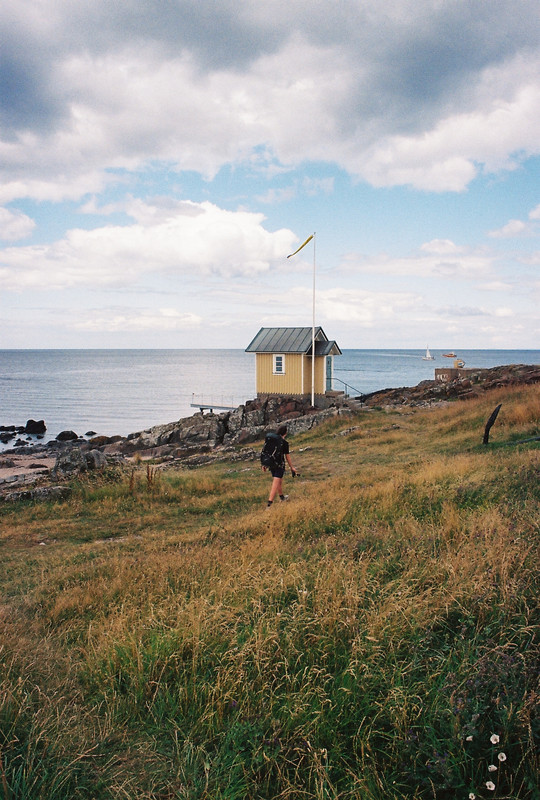
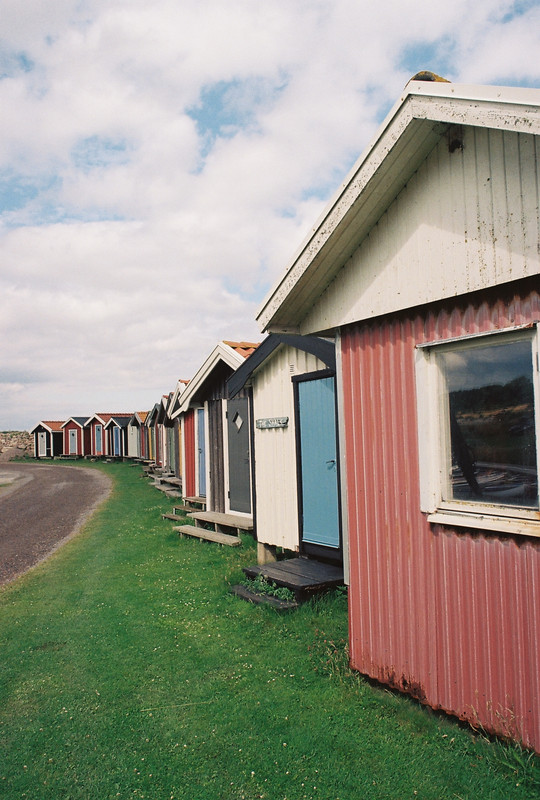
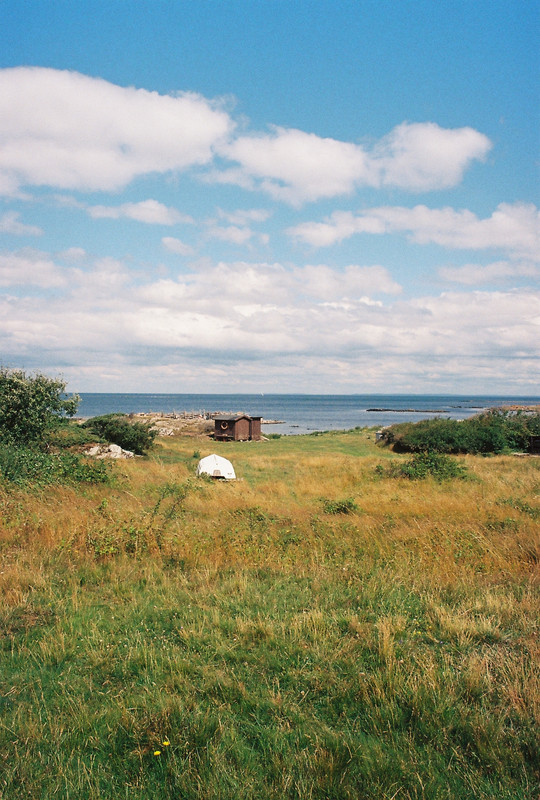
Another curiosity we walked past were little wind shelters that were free to sleep in. Think small DoC bivvies but more of a lean to, completely open on one side. Most of them were kitted out with a water tank and campfire pit as well. They looked cosy enough for a night or two, but I don’t think they’d be super comfy in the winter. We thought about staying in one for the experience, but each of the ones we walked past were full, so we stuck with the tent.
The second night, the nice, secluded, green spot we had seen on the map that we were going to find a spot to camp in turned out to be a nature reserve. So no camping. The Allemansrätten does have limits. We trekked a little further inland to the edge of the reserve and found an empty paddock. Technically, this paddock was private property, but that is actually included in the right to roam rules. Comes with some general restrictions of course, like don’t pitch a tent on a crop or in a herd of animals, and take your rubbish with you for example, but otherwise you can politely waltz into just about any field you see and be totally within your rights. Next thing you know, we’ve pitched up behind a row of trees, and we’re off for a dip at the wharf 5 minutes away. We enjoyed a nice dinner of pesto pasta and watched the geese splash around in the pond nearby before tucking in again.
(Check out the map below. The green area is the reserve and the yellow is planted farmland. Where we camped was the only bit of uncultivated land that wasn’t somebody’s backyard!)
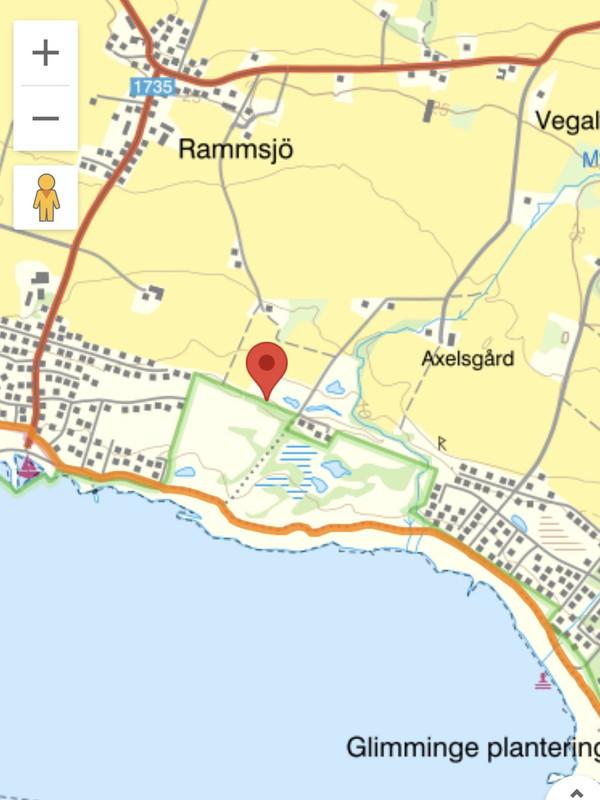
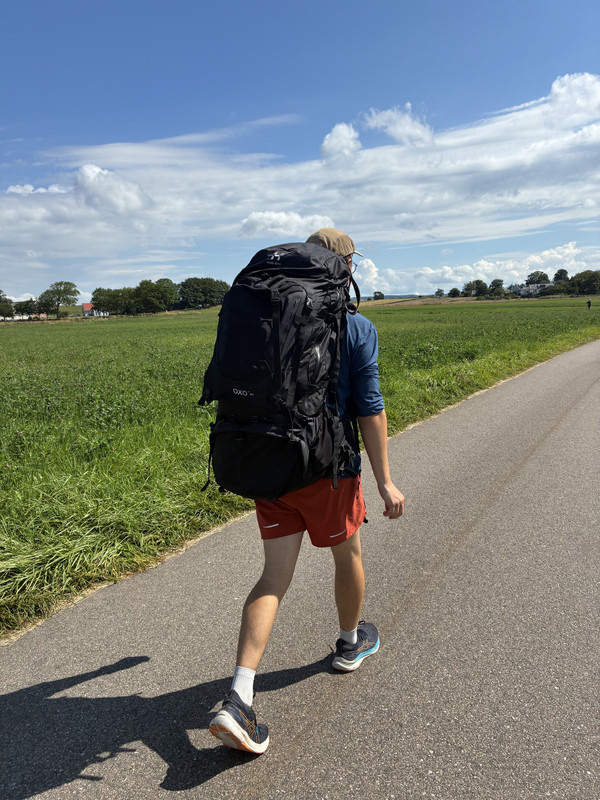
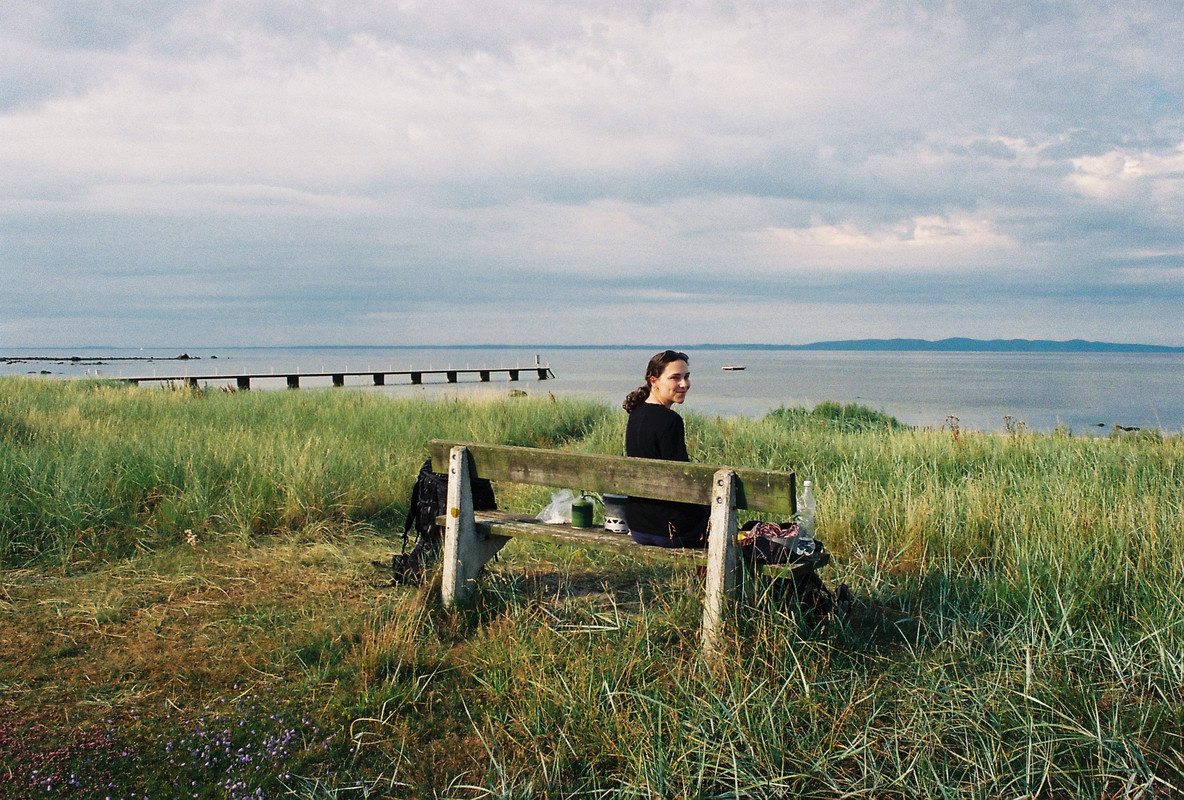
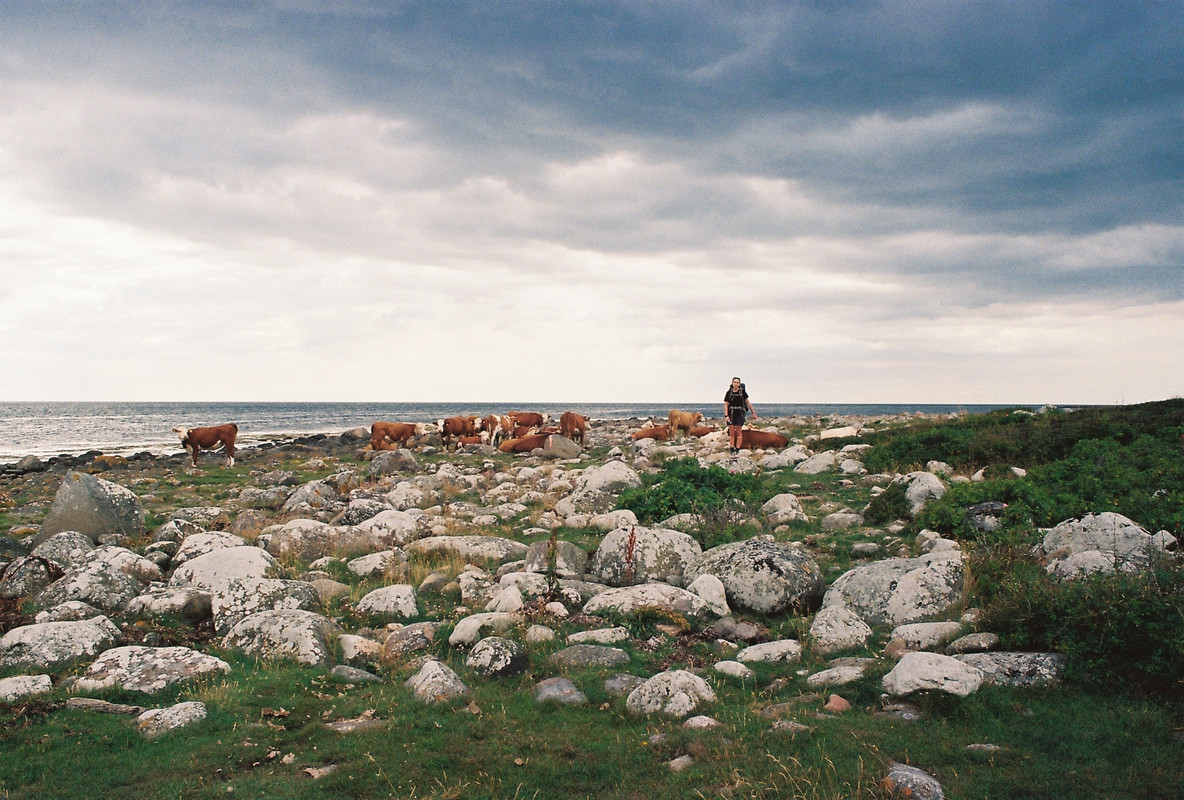
The last day was a relaxed trot to Vejbystrand. We took in the coastal scenes, stumbled across some aquatic cows, and polished off the last of our yummy tramping snacks. One benefit of not actually getting too isolated while tramping is that as soon as we pulled up into Vejbystrand, there was a bus that took us straight to the train station to go home. No mucking around with a loop track or trying to get a ride back to the car. Just walk into civilisation and take the first ride outta town.
We had a fantastic time exploring the Allemansrätten. Sweden isn’t particularly unique in having these laws, I know of a few other Nordic countries and Scotland, for example, that have very similar rules. But diving headfirst into local culture has been the goal for this trip, and we feel like we definitely achieved that. We also had fun considering what a similar ruleset would look like in New Zealand. Would our general outdoorsy-culture usher it in with open arms? Would the farmers kick up a stink about people trespassing in their paddocks? We have so much publicly accessible land that it feels like we have already kinda have some variation of those rules. Personally, I would love to see it implemented in NZ, though there would definitely need to be some kinks ironed out to make it work in Aotearoa. This is where Milly would write an essay analysing the social impacts and benefits of such legislation, but I’m just an engineer so I’ll leave it at that.
Catch ya in the next one.
Finn




3 thoughts on “Investigating Swedish Outdoor Bathrobe Culture”
Loved this story thanks Finn. You guys sure are embracing the local cultures and getting out into nature.
Thanks Sarah, I even practised the Swedish happy birthday song! 🙂
It brings such joy! I look forward to it every year.